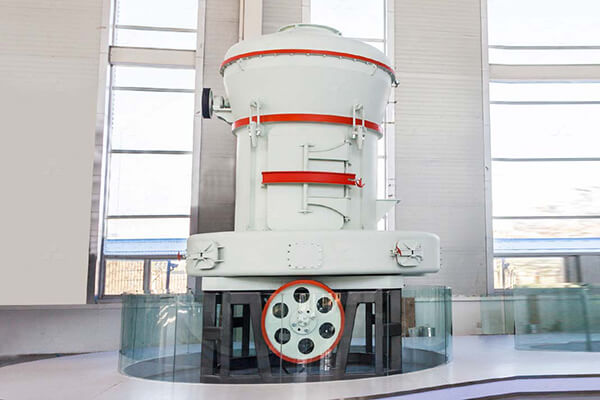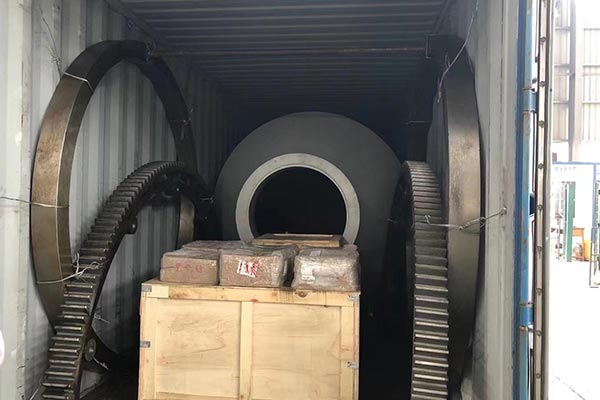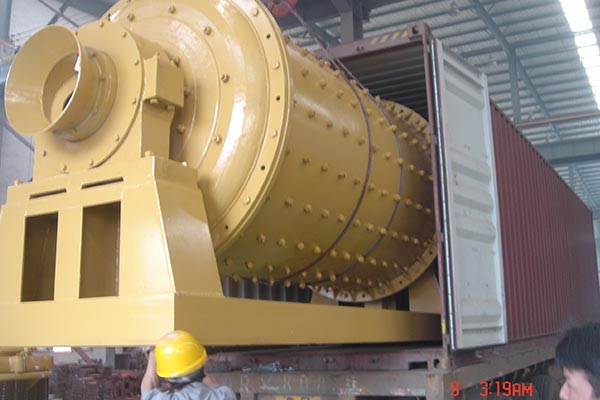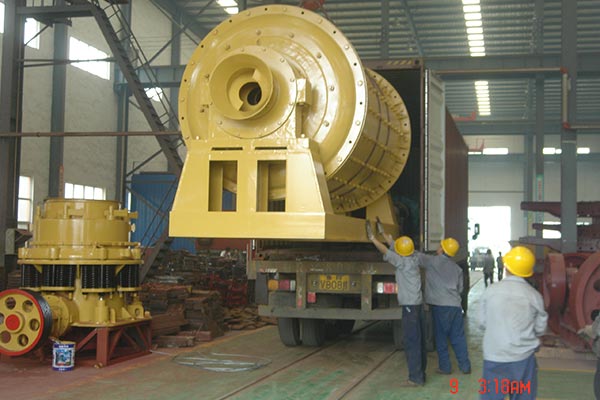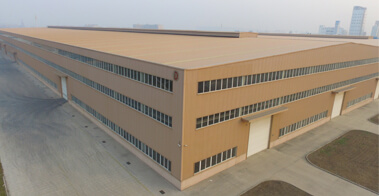OVERVIEW
The raymond mill(also called roller mill, trapezium mill...) is primarily used for grinding mineral products in industries such as metallurgy, construction, chemical engineering, and mining. It can be employed to grind non-flammable and non-explosive materials with a Moh's hardness below 9.3 and moisture content below 6%. These materials include quartz, feldspar, calcite, talc, barite, fluorite, rare earth elements, marble, ceramics, bauxite, manganese ore, iron ore, copper ore, phosphate ore, iron oxide, zircon sand, mineral slag, grain slag, cement clinker, activated carbon, dolomite, granite, garnet, iron oxide yellow, soybean cake, chemical fertilizer, compound fertilizer, fly ash, soft coal, charred coal, lignite, magnesite, chromium oxide green, gold ore, red mud, clay, kaolin, coke, coal gangue, china clay, kyanite, fluorspar, bentonite, maifanite, rhyolite, greenstone, pyrophyllite, shale, purple stone, shale, basalt, gypsum, graphite, carborundum, and heat-insulating materials, among others.
ADVANTAGES
-
The interlinked pressure-boosted grinding rollers ensure smooth operation and advanced production capacity
-
The integral conical gear transmission minimizes energy loss and maximizes efficiency
-
The internal thin oil lubrication system is advanced and reliable
-
The curved airflow path minimizes air loss and enhances material flow
-
The special grinding roller and grinding ring structure design, along with replaceable blade edges, improve grinding efficiency and reduce operating costs
-
The unrestricted air intake housing (with no eddy currents) promotes smooth airflow
-
The product particle size is adjustable and controllable, with high selection efficiency
-
High product powder collection efficiency and precision
-
User-friendly design for easy operation
-
Strong emphasis on environmental sustainability
WORKING PRINCIPLE
A complete set of raymond mill consists of mainframe, separator, piping device, blower, cyclone collector and bag filter. Its auxiliary equipments include jaw crusher/hammer crusher, bucket elevator, hopper, electromagnetic vibrating feeder, electric control panel, etc.
Working process of the overall unit(materials’ grinding process): raw material is crushed by the jaw crusher to the size specified, then the crushed stuff is elevated into the hopper by the bucket elevator, and through the vibrating feeder it is evenly and continuously carried into the grinding chamber for powder-processing. After this, the grind stuff is carried by the airflow from the blower into the separator for screening. The qualified powder is blown into the cyclone collector and are poured out through the output-powder valve as the final products. The unqualified powder is thrown to the cylinder wall and then dropped along it to be regrinded. The airflow system is closely sealed up and circulates under condition of negative pressure.
Because the material contains some moisture, and the heat generated during the grinding process makes the moisture evaporate, what’s more, the pipeline joints are not airtight which cause the external air being sucked in, all these will increase air-current in circulation. The balance of the air current in circulation can be realized by adjusting the valve between the blower and the mainframe. And the residual air is automatically lead into the bag filter and is charged into the atmosphere after purification.
Working process of the mainframe: The motor drives the horizontal drive shaft rotating through a V-belt. And the horizontal driving shaft drives the main shaft rotating via the cone gear at the other hand. At the up end of the main shaft there is connected the suspention rack on which the roller assembly is suspended via the horizontal shaft. Owing to such structure, not only the whole set equipment revolves around the central axle, the roller revolves along the inner ring of the ring under the effect of centrifugal force, but also the roller revolves on its own axle. Shovel frame is installed at the bottom end of the suspension rack. Under the shovel frame, shovel seat is installed, shovels are installed on the shovel frame. The shovels scoop up and throw the stuff into the gap between the rollers and the ring and then the stuff layer is extruded and grinded there. Long-term friction formed by collision between liner and shovel when scooping up the stuff leads to wear and tear of liner inevitably.
Working process of separator: Speed regulating motor drives the vane plate rotating, which produces eddying effect to separate the grind stuff into the fine powder-product and the rough stuff. Rough stuff with larger centrifugal force will be thrown to the lower part of the grinding chamber and then be regrinded. The rotating speed of the vane can be adjusted according to the requirement of the fineness of powder products. If finer powders are needed, the rotating speed should be increased. If coarse powders are needed, the rotating speed should be decreased.The specific rotating speed are decided by final product mesh, raw material proportion, local temperature and moisture, pressure level, characteristics of particles and operating condition of grinding mill.
The cyclone collector plays an important role in ensuring the favoring operation of the grinding mill. As the highly spinning air current mixed with grind stuff is blown into the cyclone-collector, the grind stuff is separated from the air-current. After separation, the air current moves downward, along the cone wall, to the end of the cone pipe. The fine powder will fall down and be collected there, then the inner part of the air current is driven by the negative pressure upwards into the cylinder-shaped part of the pipe. At the end of the collector, there is a valve through which the fine powder is discharged. Due to the negative pressure, the lower-end of the collector must be tightly sealed up to prevent air in, otherwise the separated fine powder will be taken away again by the central air current, then the output-capacity of the whole equipment will be greatly reduced. Therefore, upper and lower cone valves are installed at the bottom of the collector to isolate the negative pressure in the collector from the positive pressure outside. They are key devices. Without them, the output capacity will be seriously decreased or even to zero.


